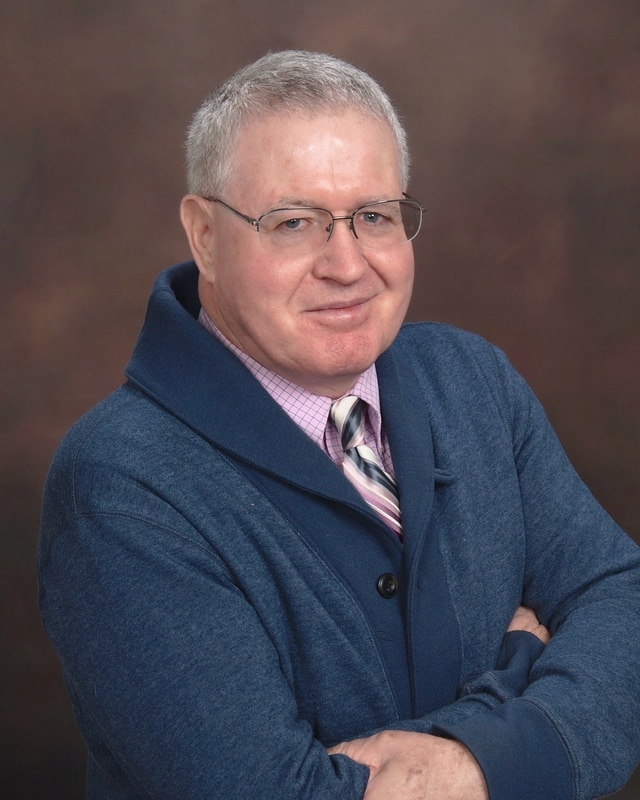ROB SHAPIRO'S BLOG, jERRY ADDENDUM BELOW
What the heck is a posterior sacrum ?
Great case study this weekend at the Hesch Method seminar in Las Vegas
where I had the opportunity to assist Jerry teach. I’m just hoping what gets
taught in Vegas does not stay in Vegas.
. One of the students presented with what Jerry Hesch calls a
“posterior sacrum”. A posterior sacrum is defined as a dysfunction in which the
entire sacrum is stuck in a posterior glide between the ilia and bilateral
sacral sulci are shallow. When trying to spring the sacrum and ilium all motions
are blocked and both sacrospinous and sacrotuberous ligaments are taut to
palpation. This dysfunction can cause havoc up the kinetic chain up to the
occiput. The mostly likely cause of this non-physiological dysfunction is some
sort of trauma such as landing on the buttocks. A common complaint by the
patient is increased fatigue, headaches and increased urinary frequency. This
weekend one of the students had this seemingly rare dysfunction with these same
complaints. She was used as a case study using the Hesch Method which consisted
of gentle mobilizations which were performed both manually and with the use of
props to enhance soft tissue mobility based on the the principle of viscoelastic
creep. The treatment took a total of about 15 minutes and consisted of 5
different mobilizations to correct the dysfunction and associated mobility
restrictions and the student got off the table and stated how loose and mobile
she felt. She was given a home exercise program to follow and will report back
to us on her progress.
The main purpose of this short article is to
share with you another tool that can help you with those hard to figure out and
often frustrating cases. For more information go http://www.heschinstitute.com
or check out Jerry’s many videos on YouTube (search
JerryHesch)
jERRY WRITES:
I look forward to following up with her soon, the case of posterior
glide sacrum. AQlso, found the first one in a tall slender male, never have
encouontered it in a male before. Gotta stay awake and pay attention and be
cautious of belief; never say never. The spontaneous exclamation when the gal
stood up and walked was "Wow" x3! Putting drama and enthusiasm aside, it is a
very relevant very under-appreciated and under-treated dysfunction. How can we
spread the word, get researcers engaged, case studies...any volunteers to work
together?

 RSS Feed
RSS Feed